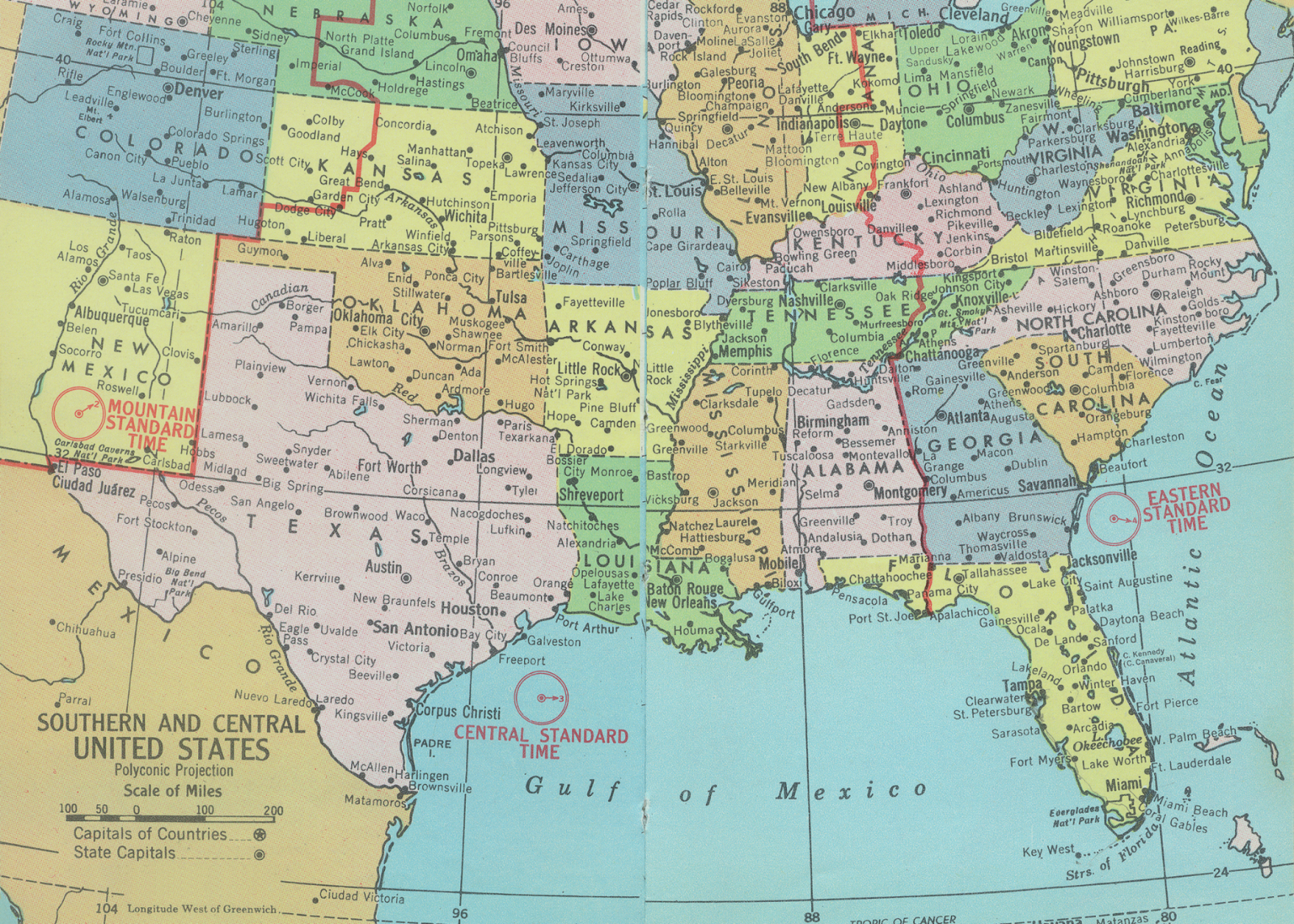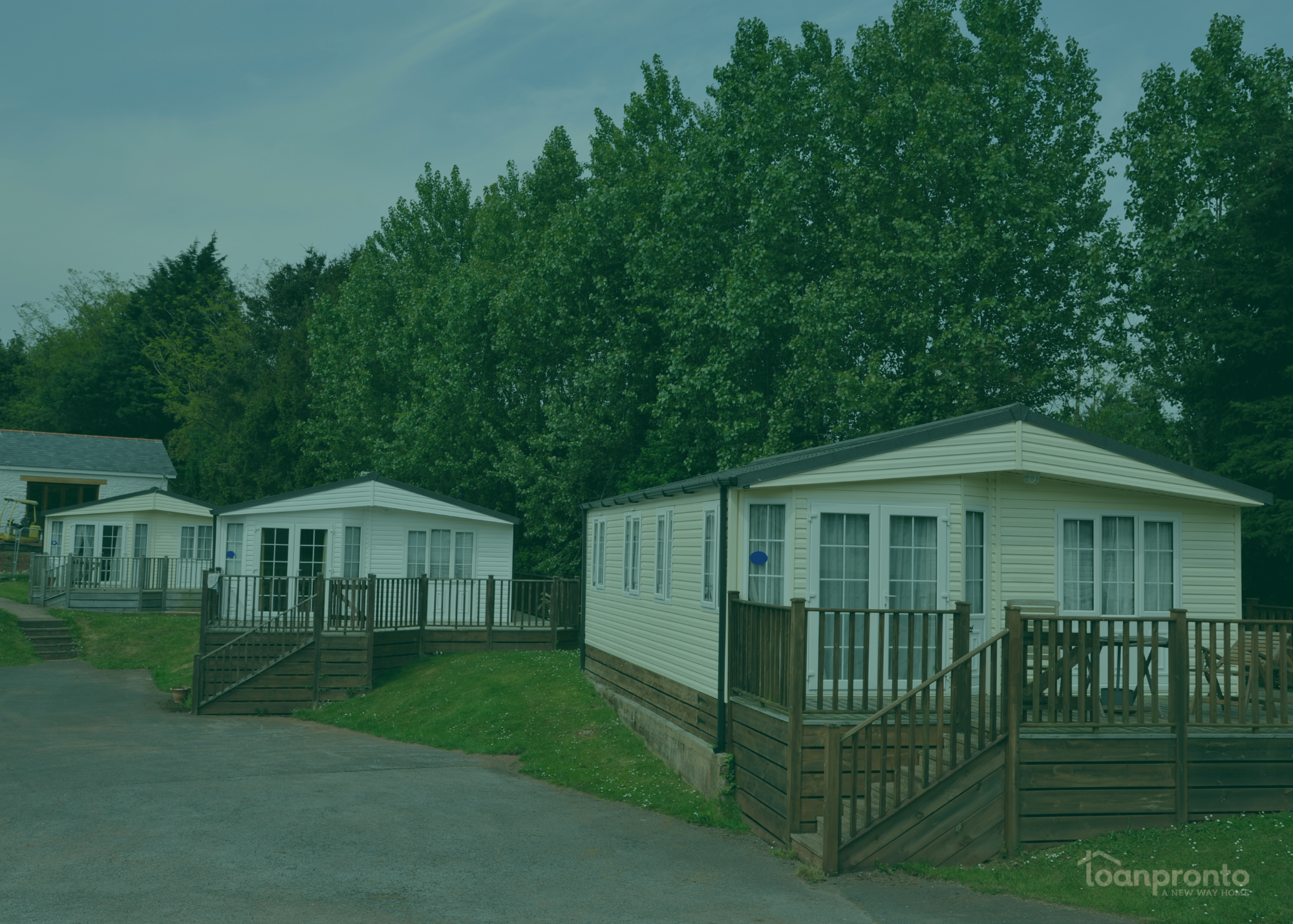Key Takeaways
-
Homeowners insurance premiums vary widely by state due to natural disasters, risk exposure, and legal climate.
-
The national average cost is $2,300–$2,500, but some states exceed $5,000 per year.
-
States like Vermont and Delaware offer the lowest premiums, often below $1,000 annually.
-
Insurance is a “phantom cost” that can significantly impact overall home affordability.
Understanding homeowners insurance rates by state is critical for both real estate agents and first-time homebuyers. Insurance premiums can vary drastically depending on location, natural disaster risk, and local insurance market trends. As a mortgage broker, we advise all clients to include insurance in their monthly budget and shop around—just as we do with over 15 trusted lenders for their loan. Here’s what to know about insurance rates in 2025.
National Averages & Regional Patterns
In 2025, the average annual homeowners insurance premium for a home with $300,000 in dwelling coverage ranges from $2,300 to $2,500. However, this number shifts depending on your state.
Several ongoing trends are pushing premiums higher across the U.S.:
- More frequent natural disasters
- Construction cost inflation
- Legal claim surges
- Insurance carriers exiting high-risk markets
These trends make it essential for buyers and agents alike to stay informed.
Where Homeowners Insurance Is Most Expensive
States with the highest homeowners insurance rates in 2025 include:
| State | Avg. Annual Premium |
| Nebraska | $5,600+ |
| Florida | $5,400+ |
| Oklahoma | $4,800+ |
| Kansas | $4,500+ |
| Louisiana | $4,300+ |
The driving force behind these high premiums? Greater exposure to hurricanes, hailstorms, tornadoes, and rising construction/litigation costs.
Where It’s Most Affordable
Conversely, these states offer the cheapest homeowners insurance premiums:
| State | Avg. Annual Premium |
| Vermont | $800–$1,000 |
| Delaware | $850–$950 |
| Alaska | $900–$1,000 |
| New Hampshire | $900–$1,000 |
| Nevada | $900–$1,100 |
Lower disaster risk and stable local markets help reduce claim volume and cost.
What’s Driving Rate Increases?
Several key factors are contributing to higher premiums in 2025:
| Factor | Impact |
| Natural disasters | More frequent wildfires, storms, and floods |
| Inflation & material costs | Higher home replacement values due to costlier construction |
| Legal & claim activity | Increased lawsuits, especially in coastal states |
| Insurance market instability | Insurers pulling out of volatile regions |
| State regulation & litigation | Varies by region; some states see more legal-driven increases |
How Real Estate Agents Can Use This Info
As a real estate professional, you can help clients plan better by:
- Explaining regional insurance costs: Some buyers don’t realize their premiums could double or triple in different states.
- Encouraging insurance shopping: Just as we shop through 15+ mortgage lenders, clients should get multiple insurance quotes.
- Highlighting “phantom costs”: Insurance, taxes, and maintenance can add hundreds per month—affecting affordability.
- Emphasizing risk exposure: Areas with storm or wildfire risks generally cost more to insure.
Bottom Line
Homeowners insurance isn’t optional—and its cost often surprises buyers who budget only for mortgage payments. As a mortgage broker, we do more than just secure a loan—we vet over 15 reputable lenders and educate our clients on all housing expenses, including insurance. By understanding state-by-state insurance trends, you can help your clients make smarter, more informed financial decisions.
Ready to guide your buyers through a smarter mortgage process? Contact us today—we’ll help them navigate the full cost of homeownership, not just the interest rate.
FAQs: Homeowners Insurance Costs
No SSN required. Zero impact to credit. Your Information is never sold.



